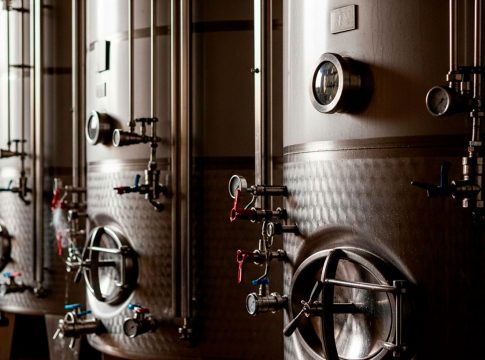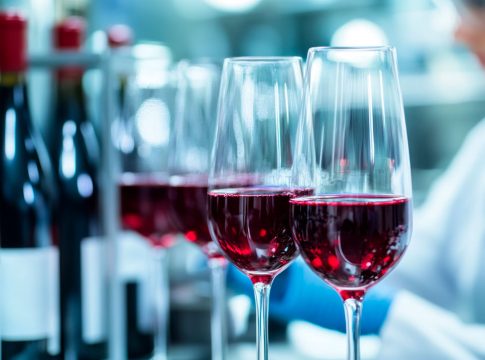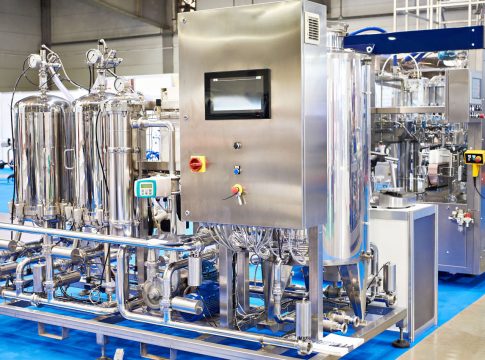
 Il sughero è il materiale di origine naturale utilizzato da almeno tre secoli come chiusura enologica. Un materiale - e un'industria - legato sostanzialmente alla tradizione, che negli ultimi due decenni ha lasciato spazio, come mai era accaduto in precedenza, alla ricerca e all'innovazione per lo studio delle problematiche che da sempre e per la sua natura lo affliggono. Stimolo al miglioramento sono stati da un lato...
Il sughero è il materiale di origine naturale utilizzato da almeno tre secoli come chiusura enologica. Un materiale - e un'industria - legato sostanzialmente alla tradizione, che negli ultimi due decenni ha lasciato spazio, come mai era accaduto in precedenza, alla ricerca e all'innovazione per lo studio delle problematiche che da sempre e per la sua natura lo affliggono. Stimolo al miglioramento sono stati da un lato...
LEGGI L'ARTICOLO COMPLETO A FIRMA DI ALESSANDRA BIONDI BARTOLINI
PER APPROFONDIRE
(approfondimenti a cura dell'Autore)
Bibliografia
Hiroko Takeuchi, Hiroyuki Kato, Takashi Kurahashi, 2013. 2,4,6-Trichloroanisole is a potent suppressor of olfactory signal transduction PNAS 2013 110 (40) 16235-16240; published ahead of print September 16, 2013, doi:10.1073/pnas.1300764110
Rita Teresa Teixeira, Ana Margarida Fortes, Carla Pinheiro, Helena Pereira, 2014. Comparison of good- and bad-quality cork: application of high-throughput sequencing of phellogenic tissue J. Exp. Bot. first published online June 22, 2014 doi:10.1093/jxb/eru252
Maurizio Ugliano, 2013. Oxygen Contribution to Wine Aroma Evolution during Bottle Aging. Journal of Agricultural and Food Chemistry 2013 61 (26), 6125-6136.
Gambuti A, Rinaldi A, Ugliano M, Moio L. Evolution of phenolic compounds and astringency during aging of red wine: effect of oxygen exposure before and after bottling. J. Agric. Food Chem., 60, 2013
M.L. Rodriguez-Mendez, C. Apetrei, M. Gay, C. Medina-Plaza, J.A. de Saja, S. Vidal, O. Aagaard, M. Ugliano, J. Wirth, V. Cheynier, Evaluation of oxygen exposure levels and polyphenolic content of red wines using an electronic panel formed by an electronic nose and an electronic tongue, Food Chemistry, Volume 155, 15 July 2014, Pages 91-97
Han, G., Ugliano, M., Currie, B., Vidal, S., Diéval, J.-B. and Waterhouse, A. L. (2014), Influence of closure, phenolic levels and microoxygenation on Cabernet Sauvignon wine composition after 5 years' bottle storage. J. Sci. Food Agric.. doi: 10.1002/jsfa.6694
Jean-Baptiste Diéval, Stéphane Vidal, Olav Aagaard. 2011. Measurement of the Oxygen Transmission Rate of Co-extruded Wine Bottle Closures Using a Luminescence-Based Technique. Packaging Technology and Science, Volume 24, pages 375–385, November 2011
Kounina, Anna; Tatti, Elisa; Humbert, Sebastien; Pfister, Richard; Pike, Amanda; Ménard, Jean-François; Loerincik, Yves; Jolliet, Olivier. 2012. "The Importance of Considering Product Loss Rates in Life Cycle Assessment: The Example of Closure Systems for Bottled Wine." Sustainability 4, no. 10: 2673-2706.
Aurélie Lagorce-Tachon, Thomas Karbowiak, Jean-Marc Simon, Régis Gougeon, and Jean-Pierre Bellat, 2014. Diffusion of Oxygen through Cork Stopper: Is It a Knudsen or a Fickian Mechanism Journal of Agricultural and Food Chemistry 2014 62 (37), 9180-9185
David P. Faria, Ana L. Fonseca, Helen Pereira, and Orlando M. N. D. Teodoro., 2011. Permeability of Cork to Gases. Journal of Agricultural and Food Chemistry 2011 59 (8), 3590-3597
Maria A. Silva, Michel Julien, Michael Jourdes, Pierre-Louis Teissedre, 2011. Impact of closures on wine post-bottling development: a review. European Food Research and Technology December 2011, Volume 233, Issue 6, pp 905-914
He, J., Zhou, Q., Peck, J., Soles, R. and Qian, M. C. (2013), The effect of wine closures on volatile sulfur and other compounds during post-bottle ageing. Flavour Fragr. J., 28: 118–128. doi: 10.1002/ffj.3137
Wine Press Club. 2005 Media Release. The Australia Closure Fund's firts recipient proves that oxygent is not necessary for ageing bottled wines.
Allen Hart, Andrew Kleinig, 2005. The role of oxygen in the ageing of bottled wine. Australian Grapegrower and Winemaker 497, 2005, 79-88
PricewaterhouseCoopers, PwC, Ecobilan. Evaluation of the environmental impacts of Cork Stoppers versus Aluminium and Plastic Closures. Analysis of the life cycle of Cork, Aluminium and Plastic Wine Closures. Corticeria Amorim 2008.










